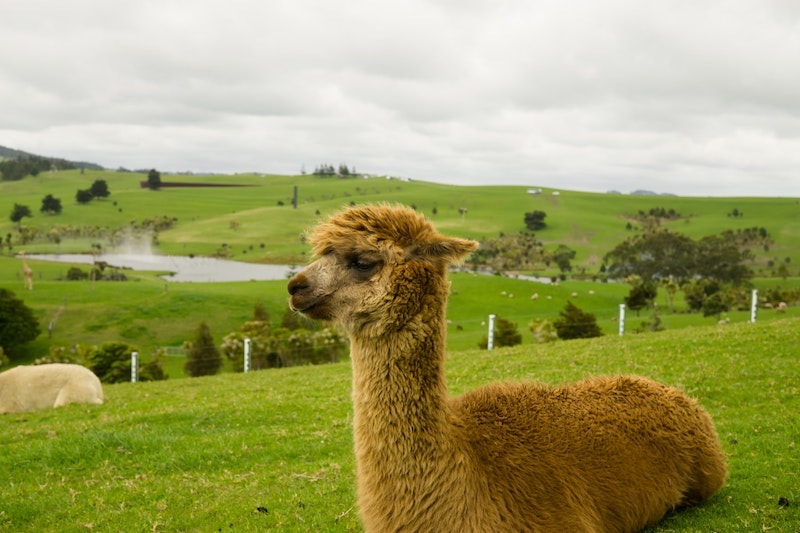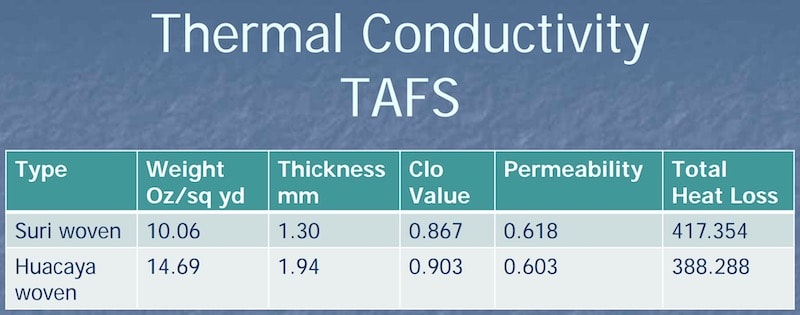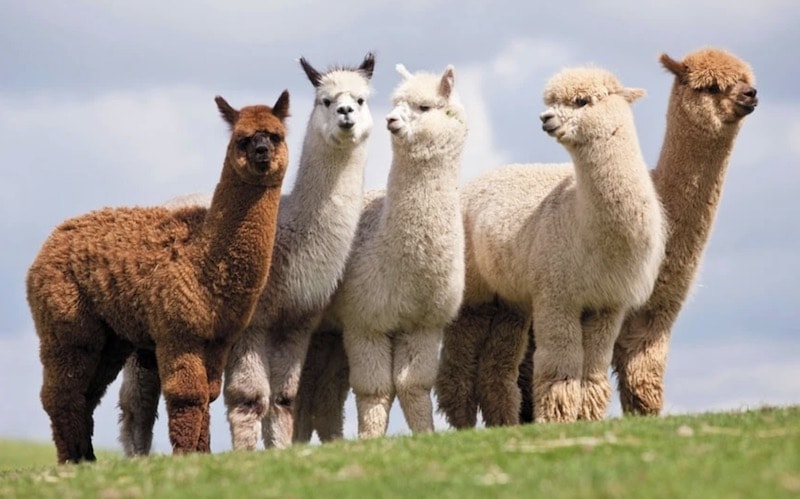What is an Alpaca?
Alpacas are members of the camelid family. Alpaca are South American Camelids closely related to the llama, and more distantly related to the camels of Asia and Africa.
The camels that most people are familiar with are the ones with humps; the dromedary of Northern Africa, the Middle East, and Southern Asia, and the Bactrian camel of China and Tibet. However, there are four other camelids (without humps) that are indigenous to South America: two of them, llamas and alpacas, have been domesticated for thousands of years; whereas the other two varieties, guanacos and vicunas, continue to roam in wild herds today.
They are roughly half the size of a llama and have a docile temperament. Grasses and other forage make up their natural diet as they mostly free-range in South America. Due to the relatively low quality of their natural food source, these animals have developed an extremely efficient digestive system. Alpacas were first imported into the US in the early 1980’s. Since then the US herd has been growing slowly but steadily with significant genetic improvement over the original imported animals.
The alpaca comes in two breed-types: Huacaya (pronounced wah‑KI‑ah) and Suri (SOO‑ree). Huacayas, the more common type, account for about 90% of all alpacas and have fluffy, crimpy fleece that gives the animals a teddy bear-like appearance. Suris, on the other hand, grow a silky, lustrous fleece that drapes gracefully in beautiful pencil-locks
Generally, alpacas live around 15 to 20 years. The longest documented lifespan of an alpaca is 27 years.
Micron Relationships to End Uses
- 18-20 – underwear, high fashion fabric, suiting
- 20-23 – fine to medium knit-wear, men’s suiting, lightweight worsteds, hand knitting yarn
- 23-26 – woven outwear, machine and hand knitting yarns
- 24-29 – socks, fine felting, and heavy woven outerwear
- 30+ interior textiles, carpets, and industrial felting
Alpaca Yarn
There is nothing better than luxuriously warm alpaca socks. The Incas called alpaca fiber ” The fiber of the Gods”.
In centuries past, the alpaca was an incredibly valuable animal, even more than precious gems! Clothing, created with alpaca fiber was restricted only for use by the royalty. If you are allergic to wool, you can very likely wear garments from alpaca fiber, because it contains No lanolin. Garments made from alpaca fibre are perfect choice for people with more sensitive skin, you will have less “itch” factor.
Alpaca fibre is good at absorbing moisture because its fibre is semi-hollow – a great choice for spring when the weather is so changeable. Keeps you warm in cold weather and dry and fresh when things hot up. It’s also delightfully soft to the touch.
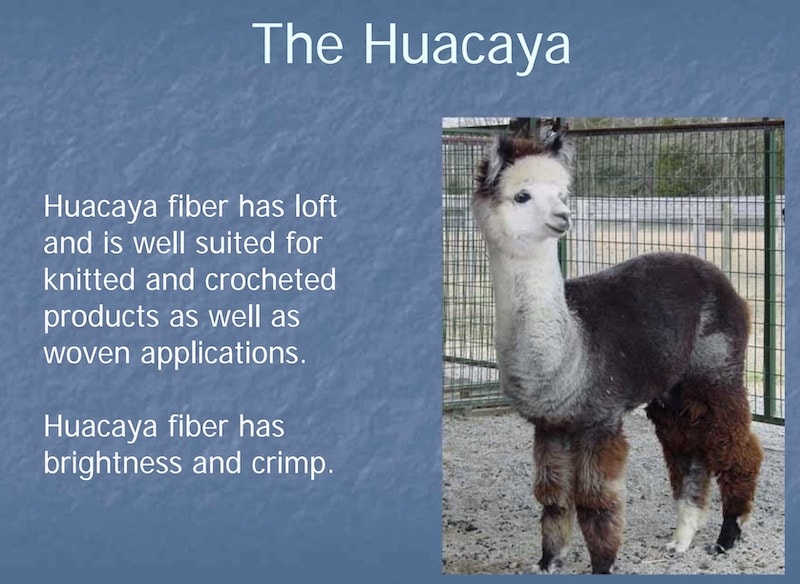
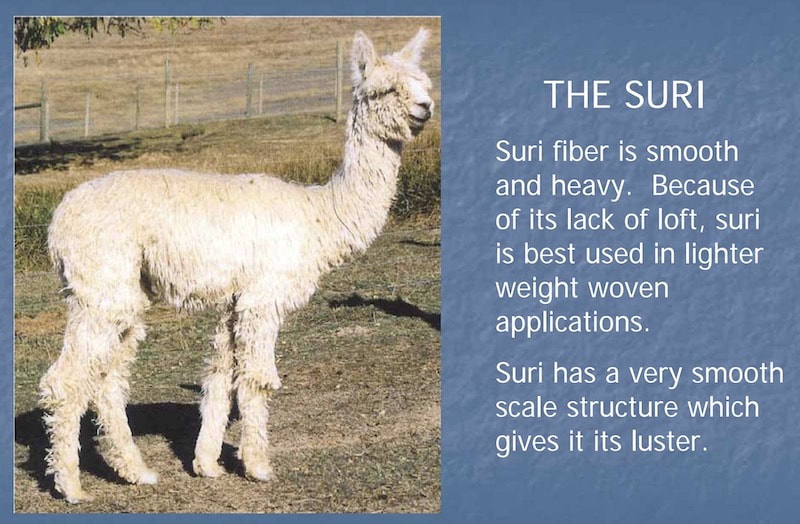
Why Alpaca?
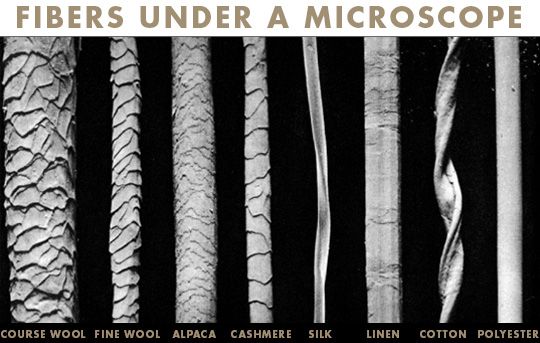
How are alpacas different from llamas?
People often confuse alpacas with llamas. While closely related, llamas and alpacas are distinctly different animals. First, llamas are much larger, about twice the size of an alpaca, with an average weight of about 250 to 450 pounds, compared to an alpaca whose weight averages 100 to 200 pounds. Llamas are primarily used for packing or for guarding herds of sheep or alpacas, whereas alpacas are primarily raised for their soft and luxurious fleece.

Alpaca fleece
Alpaca fleece is the natural fiber harvested from alpaca. It is lightweight or heavyweight, depending on how it is spun. It is soft, durable, luxurious and silky natural fiber.
While similar to sheep’s wool, it is warmer, not prickly and has no lanolin which makes it hypoallergenic. Alpaca is naturally water-repellent and difficult to ignite. Huacaya, an alpaca that grows soft spongy fiber has natural crimp, thus making a naturally elastic yarn, perfect for knits. Suri has far less crimp and thus is best suited for woven goods, but is wonderfully luxurious as well.
The designer Armani has used Suri alpaca to fashion Men’s and Women’s suits. Alpaca fleece is made into various products, from very simple and inexpensive garments made by the aboriginal communities to sophisticated, industrially made and expensive products such as suits. The preparing, carding, spinning, weaving and finishing process of alpaca is very similar to the process used for wool.
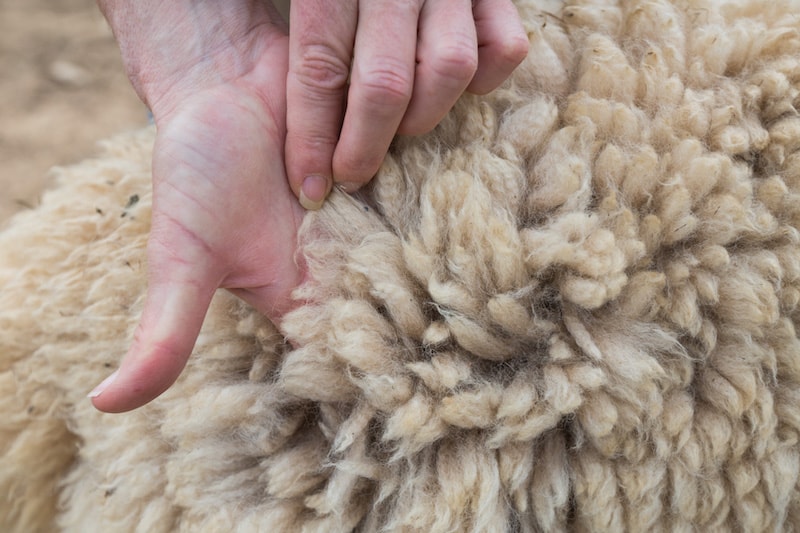
Let’s compare alpaca fleece with wool from most breeds of sheep. In general, alpaca fleece is stronger, lighter, warmer, and more resilient. Finer grades of alpaca fleece (known commercially as “Baby Alpaca”) are believed to be hypo-allergenic, meaning it does not irritate your skin as sheep’s wool sometimes does. Unlike sheep’s wool, alpaca fleece contains no lanolin and is therefore ready to spin after only nominal cleaning. Prized for its unique silky feel and superb “handle,” alpaca fleece is highly sought-after by both cottage-industry artists (hand spinners, knitters, weavers, etc.) as well as the commercial fashion industry.
Alpaca fleece comes in 18 official natural colours with 100s of shade variations Official Natural Colors: White Beige Fawn – light, medium, dark Brown – light, medium, dark Bay Black True Black Silver Grey – light, medium, dark Rose Grey – light, medium, dark Indeterminate Light. Alpaca fleece can also be combined with other fine fibers such as merino wool, cashmere, mohair, silk, and angora to attain incredibly interesting blends.
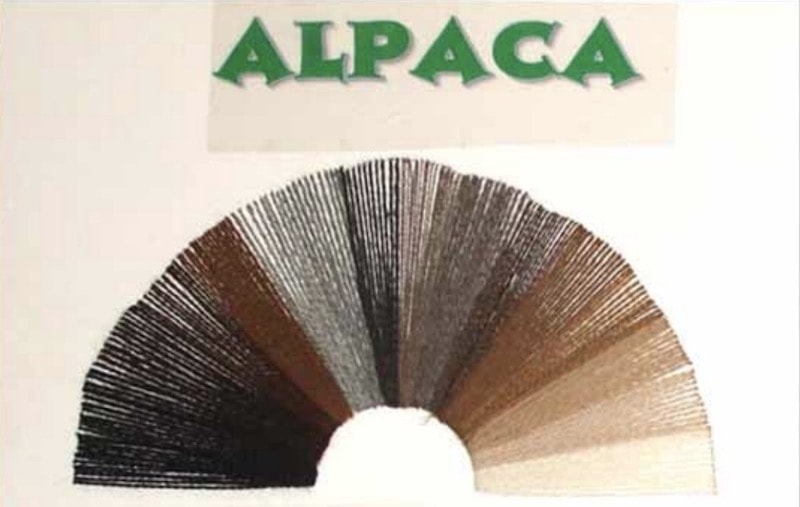
South American Alpacas
Alpacas are kept in herds that graze on the level heights of the Andes of Ecuador, southern Peru, northern Bolivia, and northern Chile. Alpacas are considerably smaller than llamas, and unlike llamas, alpacas are not used as beasts of burden but are valued only for their fiber. Alpaca fiber is used for making knitted and woven items, much as sheep’s wool is.
These items include blankets, sweaters, hats, gloves, scarves, a wide variety of textiles and ponchos in South America, and sweaters, socks, coats and bedding in other parts of the world. The fiber comes in more than 52 natural colours as classified in Peru, 12 as classified in Australia and 16 as classified in the United States.
Alpacas and llamas differ in that alpacas have straight ears and llamas have banana-shaped ears. Aside from these differences, llamas are on average 1–2 feet taller and proportionally bigger than alpacas.
Alpacas have been domesticated for thousands of years. In fact, the Moche people of Northern Peru often used Alpaca images in their art. There are no wild alpacas. The closest living species are the wild Vicuña, also native to South America. Along with Camels and Llamas, the Alpaca are classified as camelids. The Alpaca is larger than the Vicuña but smaller than the other camelid species.
Of the various camelid species, the Alpaca and Vicuña are the most valuable fibre-bearing animals: the alpaca because of the quality and quantity of its fiber, and the vicuña because of the softness, fineness and quality of its coat. Alpacas are too small to be used as pack animals. Instead, they were bred exclusively for their fiber and meat.
Sources :
https://www.alpacainfo.com
http://peruhope.com




